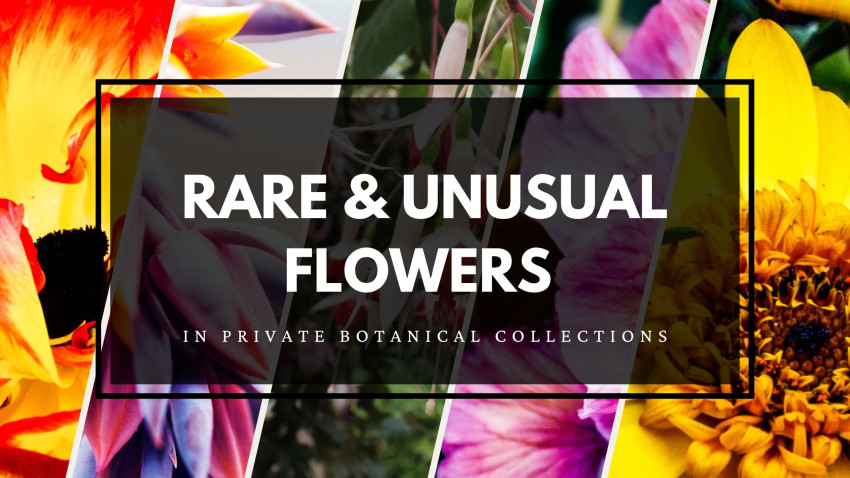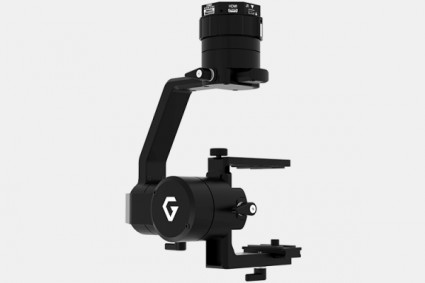
Introduction
Within the world of horticulture lies a fascinating niche: the cultivation of rare and unusual flowers. Private botanical collections, often curated by enthusiasts and collectors, serve as sanctuaries for some of the world's most unique and lesser-known blooms. These collections are both conservatories and living museums, showcasing the diversity and evolutionary creativity of the floral world.
The Allure of the Rare and Unusual
Rare flowers captivate the imagination with their unique characteristics. Some boast unusual colors, others have peculiar shapes, and some even mimic the appearance of insects or animals to attract pollinators. The rarity of these flowers can be due to many factors, such as specific geographic locations, challenging growing conditions, or limited natural pollination methods.
Spotlight on Some Uncommon Beauties
Jade Vine (Strongylodon macrobotrys): Known for its spectacular turquoise or jade-colored flowers, this vine is native to the Philippines and can be a showstopper in any garden.
Corpse Flower (Amorphophallus titanum): Famous for its enormous bloom and the unpleasant odor it emits to attract pollinators, it's a rare spectacle that can draw crowds when it flowers.
Ghost Orchid (Dendrophylax lindenii): With its eerie, white, and seemingly floating flowers, the ghost orchid is a prized possession in private collections and particularly challenging to cultivate outside its native habitat.
Parrot's Beak (Lotus berthelotii): This flower is known for its striking resemblance to a parrot's beak and its vibrant, fiery hues.
Middlemist's Red (Camellia middlemistii): Considered one of the rarest camellias globally, this flower is known for its deep pink blooms and is thought to exist in only two known locations worldwide.
Creating and Maintaining a Private Collection
Building a collection of rare and unusual flowers requires dedication and often a significant investment of time and resources.
- Research and Networking: Collectors often spend years researching and networking with other enthusiasts to locate and acquire these rare specimens.
- Cultivation Challenges: Many of these flowers require specific and controlled environments to thrive, necessitating greenhouses or specialized garden areas.
- Conservation Efforts: By cultivating these rare species, private collectors often contribute to their preservation and protection from extinction.
The Role of Private Collections in Conservation
Private collections can play a crucial role in the conservation of rare plant species. They can serve as genetic reservoirs, especially for those species that are endangered or have lost their natural habitats to environmental changes and human activities.
Ethical Considerations
The pursuit of rare flowers must be balanced with ethical considerations. Collectors must ensure that their specimens are obtained legally and sustainably, respecting international laws aimed at protecting endangered species and preventing the depletion of wild populations.
Conclusion
Private botanical collections of rare and unusual flowers are treasure troves of biodiversity, offering glimpses into the less-traveled paths of floral evolution. These collections not only serve as a source of enjoyment and prestige for their owners but also play a pivotal role in the conservation and study of plant species that might otherwise fade into oblivion. For the passionate collector, the flowers are not just plants but stories, histories, and living pieces of art.




